A revolutionary space telescope concept by NASA, could provide images up to 1,000 times sharper than the Hubble Space Telescope.
Image © NASA
University of Colorado Boulder researchers in collaboration with NASA are developing a new orbiting telescope concept that could allow scientists to image objects in space or on Earth at hundreds of times the resolution of the Hubble Space Telescope.
The new telescope concept, named the Aragoscope after French scientist Francois Arago who first detected diffracted light waves around a disk, could allow scientists to image space objects like black hole “event horizons” and plasma swaps between stars, said Cash of CU-Boulder’s Center for Astrophysics and Space Astronomy. The novel telescope system also could point toward Earth and image objects as small as a rabbit, giving it the ability to hunt for lost campers in the mountains, he said.
CU-Boulder Professor Webster Cash, said:
“Quite frankly, our New Worlds starshade project overlaps with the architecture we want to use for the Aragoscope, so we feel we are in pretty good shape going into Phase Two,” said Cash. The Aragoscope would be parked in a geostationary orbit 25,000 miles high that follows Earth’s rotation, making it appear motionless from the ground.
Traditionally, space telescopes have essentially been monolithic pieces of glass like the Hubble Space Telescope,” said CU-Boulder doctoral student Anthony Harness of the Department of Astrophysical and Planetary Sciences, who is working with Cash on the project. “But the heavier the space telescope, the more expensive the cost of the launch. We have found a way to solve that problem by putting large, lightweight optics into space that offer a much higher resolution and lower cost.”
Read more at CU-Boulder

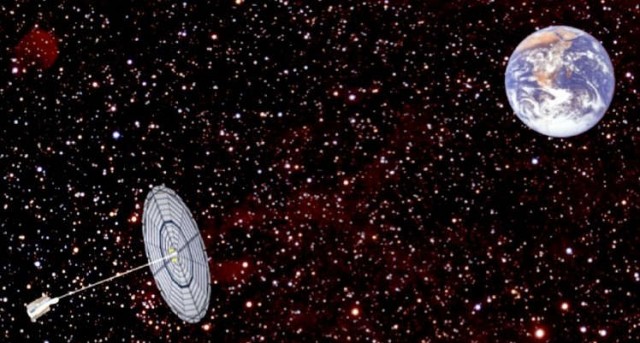
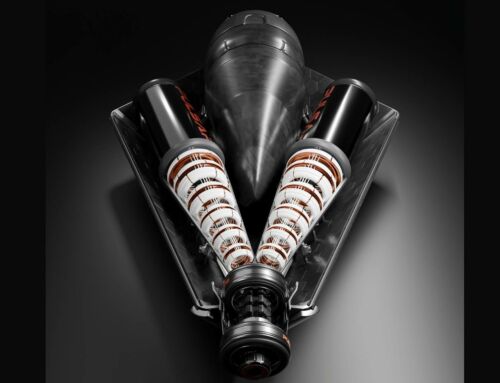
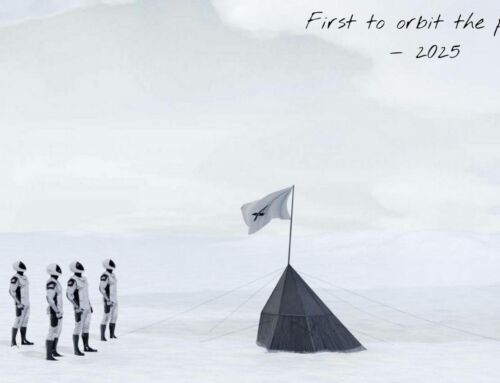
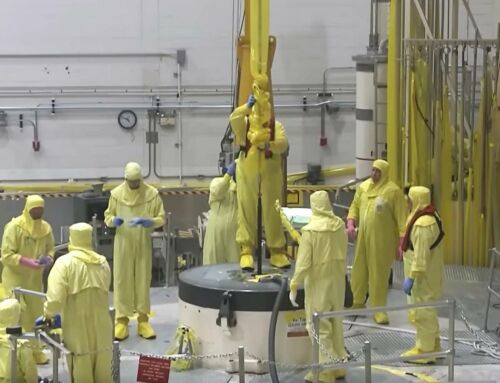
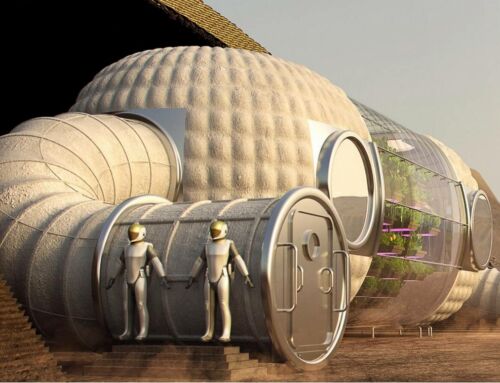
Leave A Comment